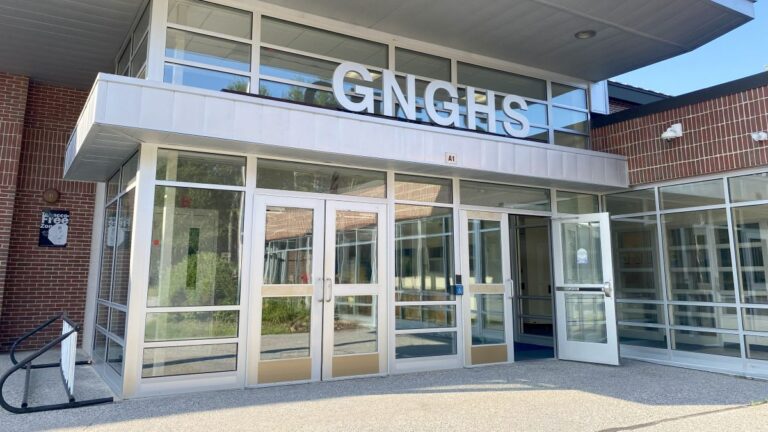Last May, the Legislature’s Taxation Committee spent hours hearing testimony on a number of bills. One of them, to increase the state’s top corporate income tax rate to 12.4 percent, drew impassioned arguments from citizens and businesses, but ultimately failed. Another, to establish a refundable income tax credit for paper manufacturers, passed and eventually became law.
Tucked in among the others was “An Act to Invest in Maine’s Roads and Bridges,” a short bill that would have raised the state’s fuel tax by 12 cents per gallon over four years, with a refundable tax credit for people with incomes below the poverty line.
Accompanied by just four pieces of written testimony, the legislation received little debate before committee members voted overwhelmingly to kill it, 33-2.
“This is the problem that is run into every single session,” said Brian Parke, president of the Maine Motor Transport Association, which represents the trucking industry and supports a “reasonable” fuel tax increase. “It goes nowhere because of politics. Nobody wants to be seen on the wrong side of tax increases.”
But, Parke continued, “everybody agrees with the need. Everybody agrees something needs to be done.”
The math is simple. As the gas tax has stayed the same, vehicles have become more efficient, using less and less fuel, meaning the money coming in to keep Maine’s bridges and highways safe has been roughly flat for a decade, even as the cost of maintaining that infrastructure continues to rise. Last year a group of engineers gave the state’s roads a “D” rating, indicating they are in “poor to fair condition.”
With pledges from automakers and President Biden to dramatically increase the number of hybrid and all-electric vehicles, and legislators reluctant to raise the fuel tax, that could mean a bleak future for Maine’s Highway Fund.
How we got here
For years, money raised by taxing fuel (diesel and gasoline, among others), has accounted for two-thirds of the revenue coming into the Highway Fund. That figure has been largely stagnant for a decade, and in some years has fallen — last year, the state’s gasoline tax brought in $194 million — $2 million less than in 2010.
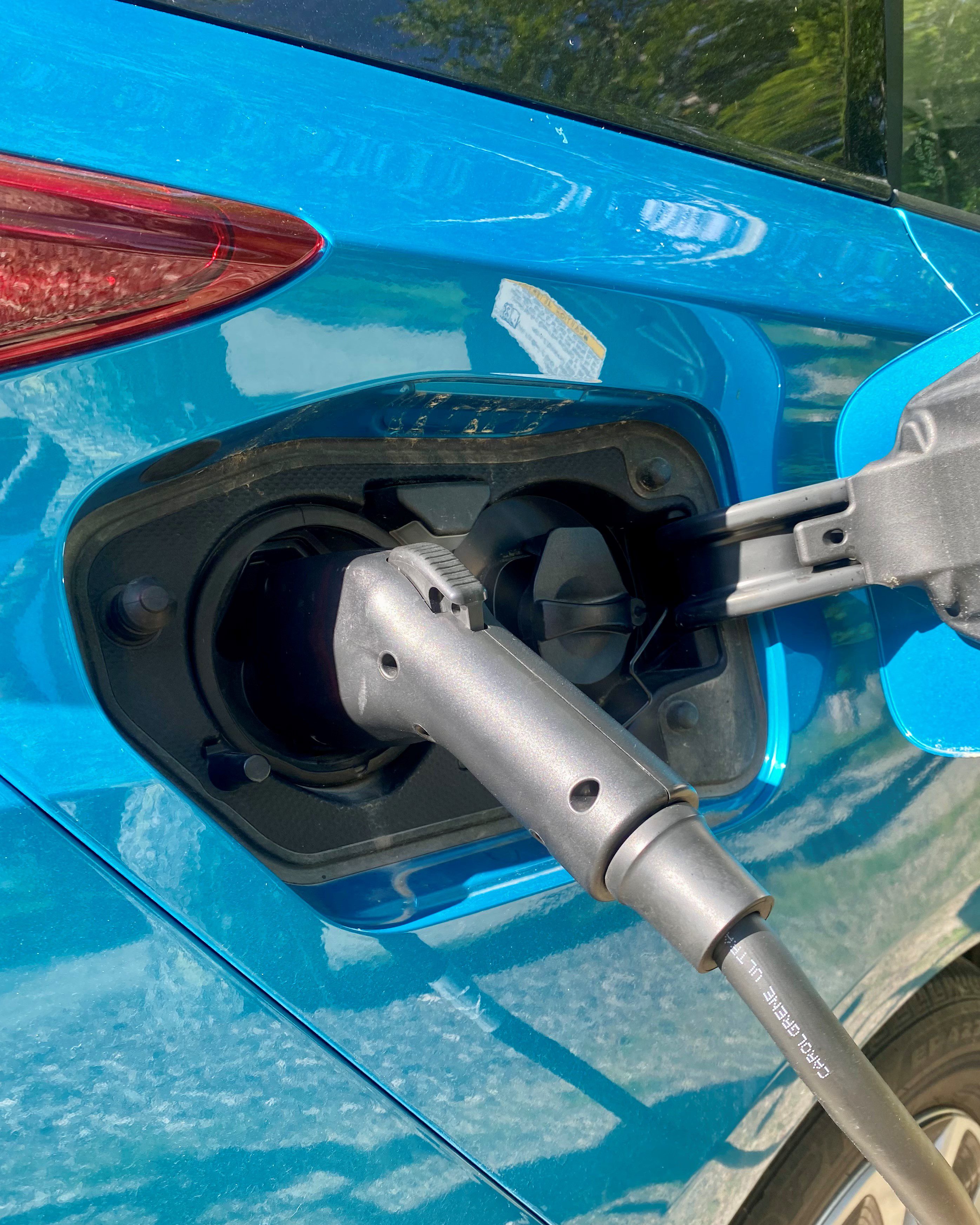
That’s in part because the tax has been 30 cents per gallon since 2011, when lawmakers voted to decouple it from inflation, a practice known as indexing. Since 2013, 33 states and the District of Columbia have increased their state fuel taxes.
But in Maine, legislators have consistently voted down bills to raise it. The federal government hasn’t increased the gas tax since 1993, when it was set at 18.4 cents per gallon (adjusted for inflation, that’s the equivalent of 10 cents today).
“We’re supposed to be leading and taking care of our state’s resources, and we keep just deferring on this,” said Rep. Ben Collings, D-Portland, who sponsored “An Act to Invest in Maine’s Roads and Bridges.” “I think it’s so ridiculous how scared both parties are of the ‘T word’ — taxes — and the implications for an election.”
There was little appetite for tax increases amid the COVID-19 pandemic, said Collings, but similar bills get shot down every year.
“We need to be adults about this and be responsible,” he said. “The public gets it and supports things like this.”
Staff cuts and dark humor
Even after cutting staff and shifting priorities, the Maine Department of Transportation (MDOT) estimates that its highway and bridge budget is still short $232 million each year of what it should be, and that assumes voters will continue to support a $100 million annual transportation bond, which they typically do.
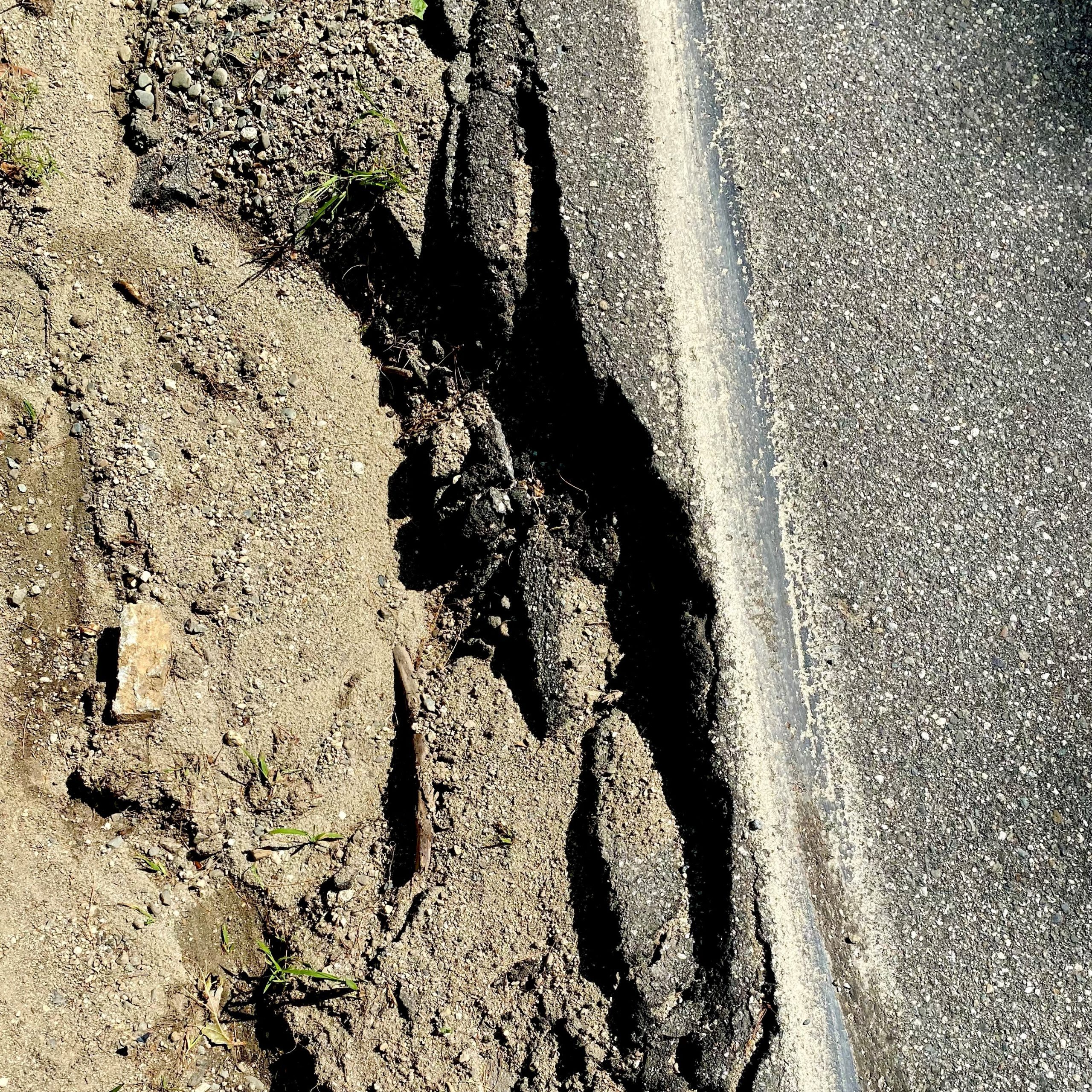
“The shortfall number would be even larger, but several years ago the department scaled back the number of miles it is improving,” said Maria Fuentes, executive director of the Maine Better Transportation Association), in testimony on Collings’ bill.
MDOT also cut nearly 20 percent of its workforce over the past decade, said Fuentes, “a dramatic reduction for a public agency. But they knew they had to do it because of their funding situation … Maine’s Highway Fund is cratering, like many of our roads.”
Over at MDOT, staff have taken to using the acronym “PUNT” for the department’s new approach to managing many roads under its control: “patching until normal treatments” become fiscally possible.
“I’m starting to not believe in tipping points because it seems like we’ve tipped over so many tipping points lately,” said Andrew McLean, a former state representative who chaired the Transportation Committee and has advocated for increasing the fuel tax. “I have to believe when the money dries up we’re going to have to take action in some way.”
Better gas mileage equals less revenue
Lawmakers’ reluctance to increase the tax has also been accompanied by cars using less and less fuel. The average new vehicle sold in the U.S. in 2019 averaged 24 miles per gallon, roughly double the typical gas mileage in 1975.
That decrease in consumption is necessary to cut emissions (the transportation sector accounts for 54 percent of greenhouse gas emissions in Maine and 29 percent nationwide), but better fuel efficiency also means that revenue from Maine’s fuel tax has stalled, and there is no reason to expect a turnaround.
“As cars have become more efficient and as we churn more toward hybrid and eventually electric cars, the funding will completely dry up,” said Fuentes.
With promises from automakers and Biden to increase the sale and production of electric vehicles (EVs), the funding shortfall likely will get worse. Ford, General Motors and Stellantis (the company behind Jeep, Dodge and Ram) jointly pledged this month to have EVs (battery electric, fuel cell and plug-in hybrids) make up 40-50 percent of their U.S. sales by 2030. Biden announced a similarly ambitious target, to have half of all vehicles sold by 2030 be emission-free.
Environmental advocates point out that the highway funding deficits aren’t the fault of EVs: The National Resources Defense Council estimates that “even if EV sales increased tenfold by 2025, they would still account for about 3 percent of cumulative transportation funding revenue losses from 2010.”
But without another source of funding, the shift toward electrification of cars, trucks and buses will compound the problem.
“The party line I hear a lot of people say is don’t blame EVs, they’re a small portion of the market,” said Marty Grohman, executive director of E2Tech, an organization working “to build Maine’s environmental and energy technology economy.”
“No single raindrop thinks it caused the flood,” he said.
If lawmakers raised the fuel tax, said Grohman, motorists might also be incentivized to consider switching to a more efficient car.
“You’re classically looking to tax the thing you don’t want. Effectively that’s what we do now. You could say the tax policy is helping drive the transition, but obviously you’ve got to find a sustainable funding mechanism that everybody’s going to use. That’s definitely the challenge. We all see it.”
‘Managing a slow decline’
The lack of predictable and adequate funding has left Maine’s transportation infrastructure in “mediocre” condition, according to a 2020 report card compiled by the Maine Section of the American Society of Civil Engineers, essentially unchanged from 2008.
The group gave the state’s roads a “D” grade, mostly below standard with many elements approaching the end of their service life. A large portion of the system exhibits significant deterioration.”
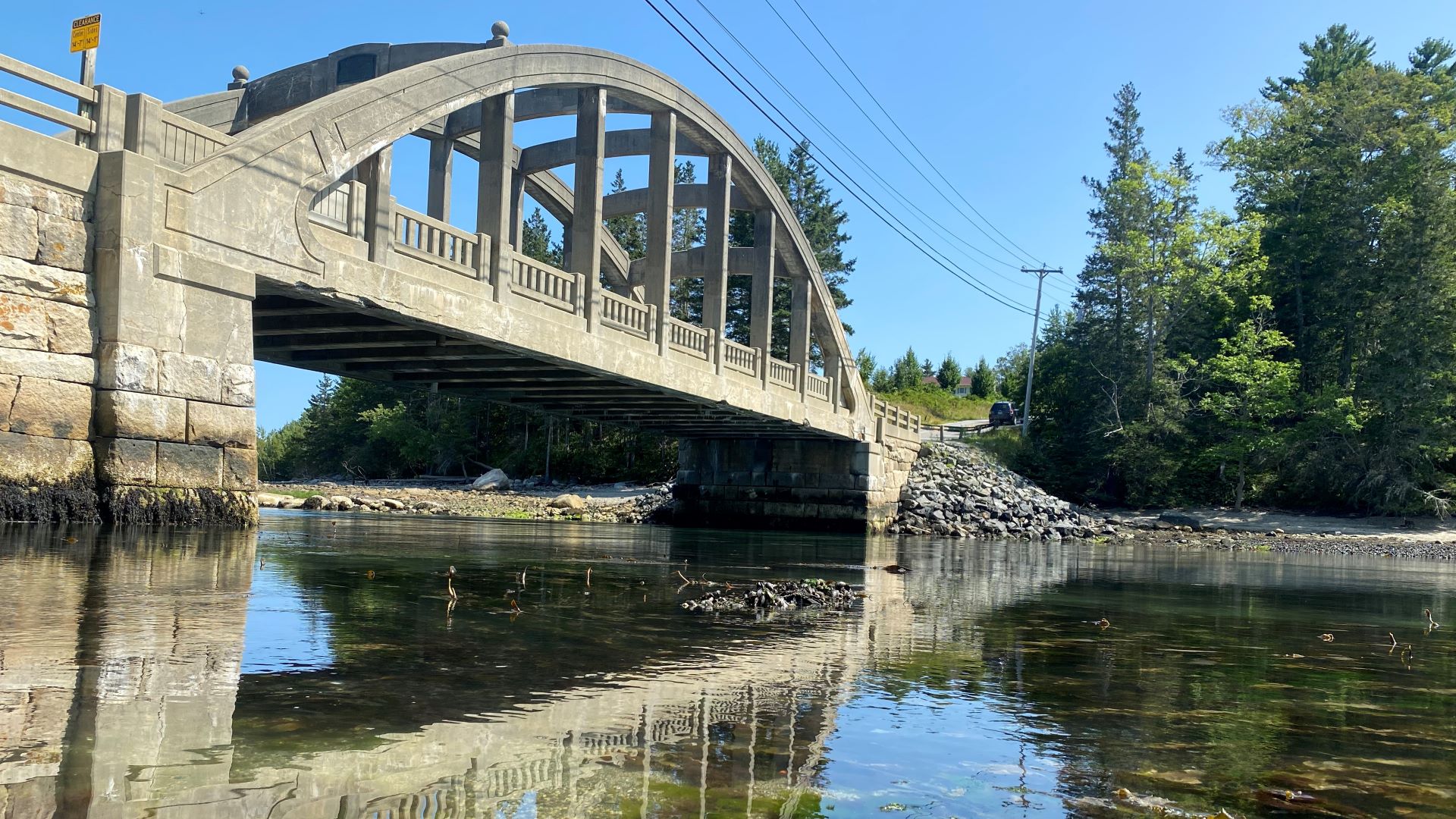
While Maine’s port infrastructure has improved since 2008, other infrastructure has gotten worse. Twenty-three percent of the state’s dams are in “unsatisfactory” condition. Bridges have improved slightly, but nearly one in seven is still considered structurally deficient; close to 60 percent are more than 50 years old.
“The reality,” wrote MDOT Commissioner Bruce Van Note, in a 2020 work plan, “is that we are now competently managing a slow decline of our transportation system until bipartisan funding solutions materialize.”
In an effort to keep money coming in, lawmakers have turned in part to bonding, asking voters to borrow close to $975 million in transportation-related bonds since 2005. The $100 million transportation bond on the ballot this November, if it passes, will put Maine over $1 billion in transportation bonding over 16 years.
Bonds were once used to pay for big projects — the construction of a new bridge or highway — but now they’re used to pay for routine maintenance. GARVEE bonds (Grant Anticipation Revenue Vehicles, which anticipate future federal highway fund revenue), once reserved for larger projects and emergencies, are now put into every biennial budget.
“If I were in charge, I’d be doing the same thing,” said Fuentes. While money is cheap to borrow right now and Maine is “extremely responsible” about the way it bonds, Fuentes argued that consistently borrowing to meet transportation and safety needs creates a number of problems.
“The bond always passes,” explained Grohman, of E2Tech, “but they can’t count on it, and you can’t enter into contracts, just as a legal matter.”
A more stable revenue stream would allow money to go further. “You could basically buy better, as the DOT. You can enter into a contract for materials, supplies and manpower.”
“The interest rates are historically low,” said Joyce Taylor, chief engineer at MDOT, “but it’s probably not a long-term solution for the state.”
While Maine could receive $1.3 billion in highway funding and $225 million for bridge replacement and repairs from the federal infrastructure bill that recently passed the Senate, that won’t go as far as it sounds.
“Not to be the skunk at the garden party, but the money was not great for transportation for our roads and bridges,” Taylor said during a meeting of the Maine Climate Council’s Transportation Working Group in early August. “We’re hoping it helps us keep up with inflation, but I always like to say, electric vehicles need safe bridges and roads just as diesel and gasoline cars do.”
What’s a state to do?
In the near term, an increase in fuel taxes would likely be the simplest policy to implement. Raising the fuel tax would help spread the burden of paying for Maine roads among the state’s 1.3 million residents and 37 million annual visitors, wrote James Myall, a policy analyst for the left-leaning Maine Center for Economic Policy, in testimony on Collings’ bill. The Center estimates that Maine residents account for roughly 60 percent of the state’s gas tax revenue while visitors make up 23 percent. The trucking and shipping industry contributes the remaining 17 percent.
With the infrastructure to collect them already in place, “Fuel taxes are the most efficient way to collect highway revenues,” agreed the MMTA’s Parke.
But at the state and federal levels, there is a growing recognition that a shift away from the fuel tax will eventually be necessary.
In March 2020, Maine’s Blue Ribbon Commission, tasked with studying the issue, came up with a number of options beyond raising the fuel tax, including an increase in general vehicle registration fees; implementing a tax on tires; increasing the tax on rental cars; or adding new and seasonal highway tolls.
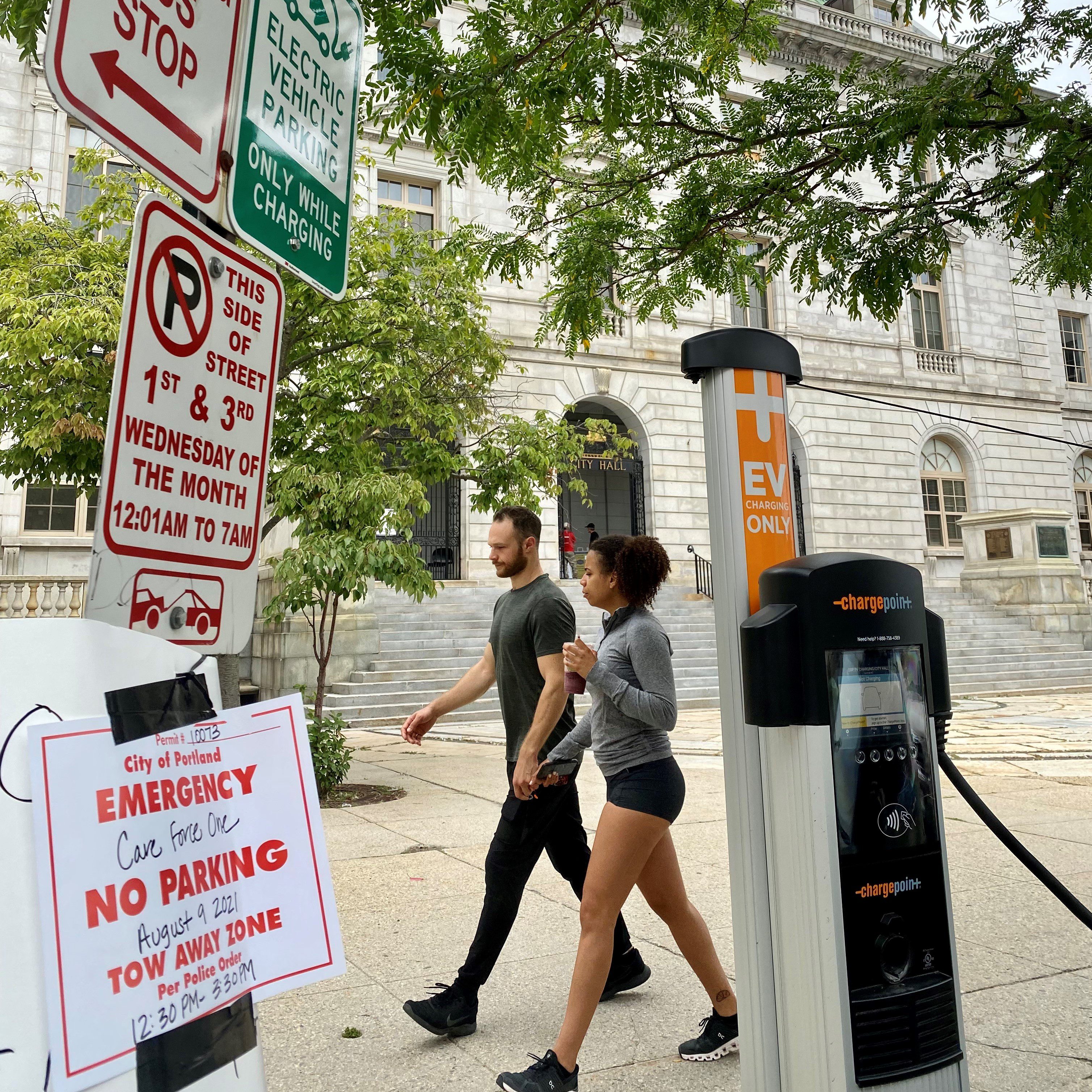
Adding a surcharge on hybrid and electric vehicles also was floated, although a 2018 proposal along those lines prompted strong pushback from hybrid and EV owners who argued that people striving to decrease their carbon footprints should not be penalized for it.
There’s also the option of implementing a fee based on how many miles car owners drive, often called a mileage-based user fee (MBUF), or a tax on vehicle miles traveled (VMT). The fee could be flat per mile, or vary based on the road or time of day, to encourage motorists to drive outside rush hour. The federal infrastructure bill that passed the Senate will create a pilot program to test this type of tax. Some states, including New York, already levy a similar fee on commercial trucks.
Such a system, which the Congressional Budget Office estimated could bring in billions, will be complicated to devise, and the cost of implementation is likely to be high.
Privacy is a concern. Figuring out how to accurately calculate mileage could be difficult. A system based on an odometer reading, for example, would face high enforcement costs to keep motorists from evading the fee, while a system based on electronic logging or tolling devices wouldn’t cost as much to enforce but would be expensive to implement.
The MMTA favors a fuel tax increase over a per-mile tax in part for those reasons, said Parke. “You implement a VMT tax and you’ve got to have a whole other bureaucracy to collect it and manage it. That just reduces the buying power.”
Equity is another consideration. Rural Mainers drive long distances to work and school, and would be hit harder by a per-mile tax.
But the same equity issues also exist with the fuel tax, said Grohman of E2Tech, which doesn’t take a position on either issue.
“The fuel tax is unfair to low-income people” because they tend to drive older, less-efficient cars and thus buy more fuel. “It’s expensive to be poor. That’s especially true of cars,” said Grohman.
There are efforts to help low-income residents afford hybrids and EVs, said Taylor, although work needs to be done. The prices of EVs in particular are still comparatively high, putting them out of reach for many families. While there is a push to expand electric-charging infrastructure into rural areas, many motorists have been reluctant to go fully electric until they’re confident they’ll be able to charge up, a phenomenon known as “range anxiety.”
“An electric vehicle would take my daily trips, but I can’t go down state so I’m not going to buy it,” said Patricia Rubert-Nason of Fort Kent, during a recent meeting of the Maine Climate Council’s Transportation Working Group. “We need to think about geographic equity.”
Experts also point out that driving on roads full of potholes, apart from being unsafe, creates expensive wear on vehicles. A recent study by The Road Information Program (TRIP) estimated that Mainers spend an additional $543 annually maintaining their cars because of poor roads. A per-mile tax, said Grohman, would at least spread some of the burden around to those driving more fuel-efficient vehicles and help sustain funding in the long term.
For now, “Everyone is in agreement about one thing: something needs to be done,” said Fuentes. “In my mind, in the long term it’s going to have to be a VMT-type of thing. But there’s no way Maine can do it on its own; it really has to come from the federal side. The $64,000 question … is when will people be ready for that? I don’t know the answer to that.”







